Anyone who frequents Centennial Parklands knows and appreciates the spectacular waterways that run through Centennial Park and Moore Park. The waterways and ponds of the Parklands have become iconic mini ecosystems, rich with history.
Centennial Parklands contains freshwater wetlands and constructed ponds that provide important habitat for urban biodiversity. These waterbodies are important habitats for supporting a wide range of flora and fauna including macroinvertebrates, waterbirds, and turtles.
Duck Pond
As you might have guessed, Duck Pond was named for the many species of duck and waterfowl that frequent the pond.
Reason to visit – not only can you appreciate a huge number of birds and other water life, it is a great place to sit and watch the grey-headed flying-fox fly out at dusk and belly-dip in the pond.
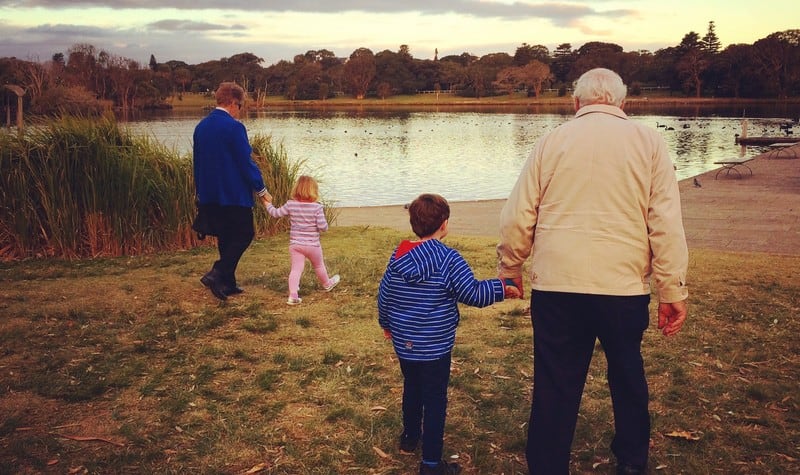 Duck Pond is a favourite spot for young and old
Duck Pond is a favourite spot for young and old
Kippax Lake
Kippax Lake was named after William Kippax, a Sydney City Council Alderman from 1863 to 1889. Perhaps the more curious name was its original moniker, Nanny Goat Swamp. While we don’t know where that name came from – we can’t help but wonder if it was linked to Nanny Goat Hill near Botany Bay.
Reason to visit – not only is Kippax Lake beautiful, but it is home to the Kippax Lake Statue, a sculpture dedicated to celebrating the achievements of Australian Sportswomen, well worth a look.
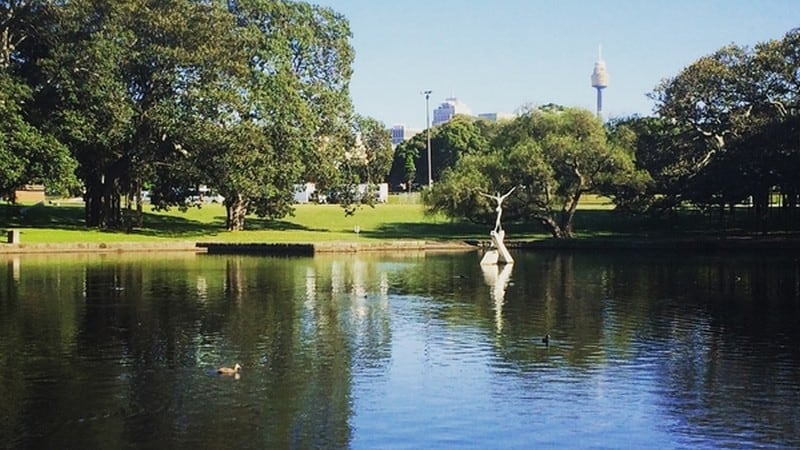 The Kippax Lake Statue stands proud
The Kippax Lake Statue stands proud
Busby's Pond
As many Sydneysiders will know, John Busby was the engineer responsible for converting the Lachlan Swamps into a water source, supplying water to Sydney for more than two decades. Busby’s Pond is the largest pond in our water system and the starting point of Busby’s Bore, which took more than 10 years of convict labour to complete.
Reason to visit – keep an eye out for the pied cormorants among the paperbarks that surround the pond.
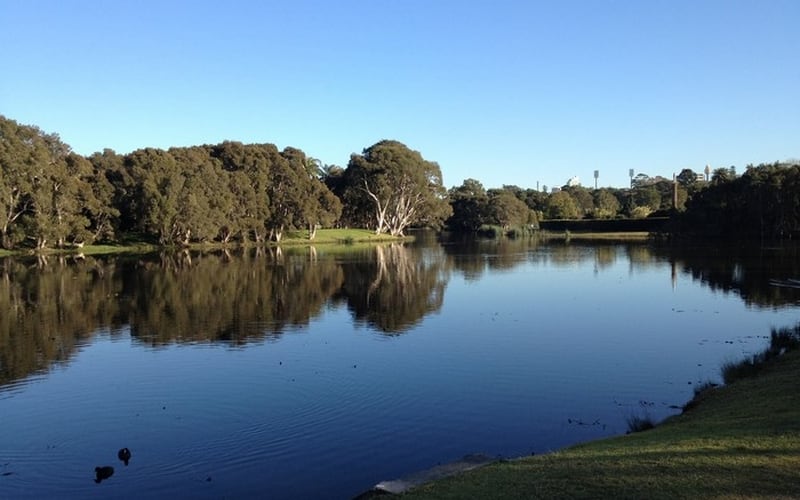 Busby's Pond, Centennial Park
Busby's Pond, Centennial Park
Kensington Ponds
Kensington Ponds were named for their location, adjacent to the suburb of Kensington. There are two ponds and the larger of the two has well-vegetated banks making it excellent for bird life, especially the purple swamphen and dusky moorhen.
Reason to visit – this is one of the few places in the Parklands where, if you’re lucky, you might spot some tadpoles.
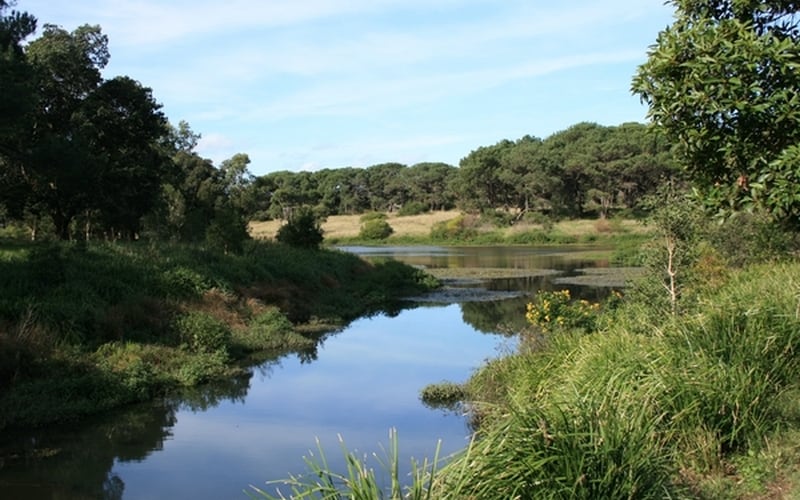 Kensington Ponds
Kensington Ponds
Lily Pond
Unlike the other ponds in the Parklands that are fed by stormwater, Lily Pond is fed by a natural, underground spring in Lachlan Swamp. It was aptly named after the masses of lilies that grow within and around the pond, and it is one of the most photographed locations in Centennial Park!
Reason to visit – Lily Pond is a wonderful place to visit and spot the wildlife. Royal spoonbills and black swan are often seen in the area.
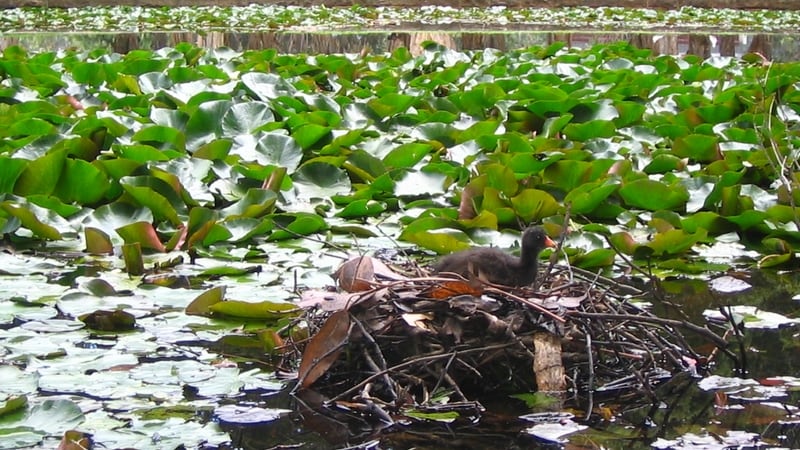 Dusky moorhen chick at Lily Pond
Dusky moorhen chick at Lily Pond
Model Yacht Pond
Model Yacht Pond was once a hub of activity, with young and old enjoying the hobby of model yacht sailing in the late nineteenth century.
Reason to visit – The pond is a great place to relax, with picnic tables and seating nearby. It’s home to one of our most effective environmental initiatives, the Gross Pollutant Trap (GPT), which helps keep the water clean.
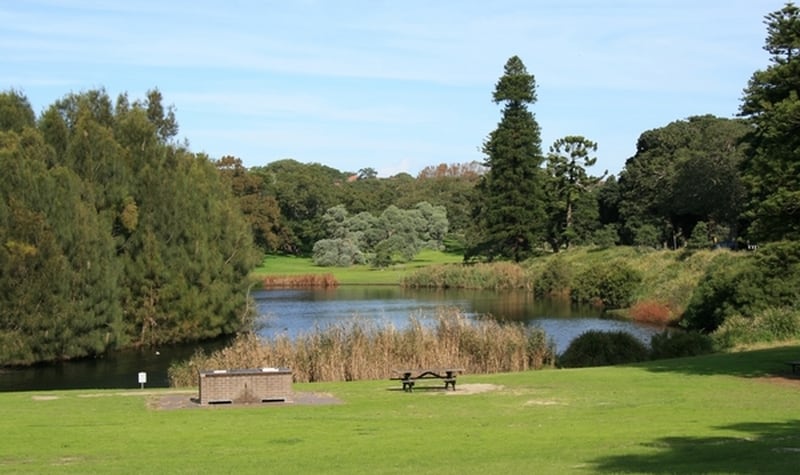 Model Yacht Pond
Model Yacht Pond
Musgrave Pond
Musgrave Pond was named after former Queensland Governor, Sir Anthony Musgrave.
Reason to visit – Musgrave Pond is home to lots of waterbirds, including grey teal, Australasian grebe, and dusky Moorhen. Pacific black duck occur here, and ducklings are seen in spring.
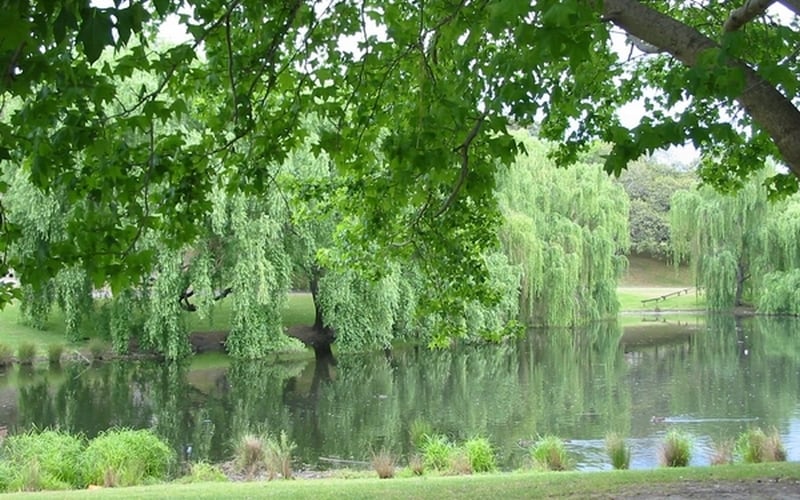 Musgrave Pond
Musgrave Pond
Fly Casting Pond
Fly Casting Pond is named after the many fly casting competitions that were held at the pond in the early 1900s.
Reason to visit – Stunning reed beds line the pond and provide habitat for the local fauna, and if you’re lucky you might even spot a turtle or two.
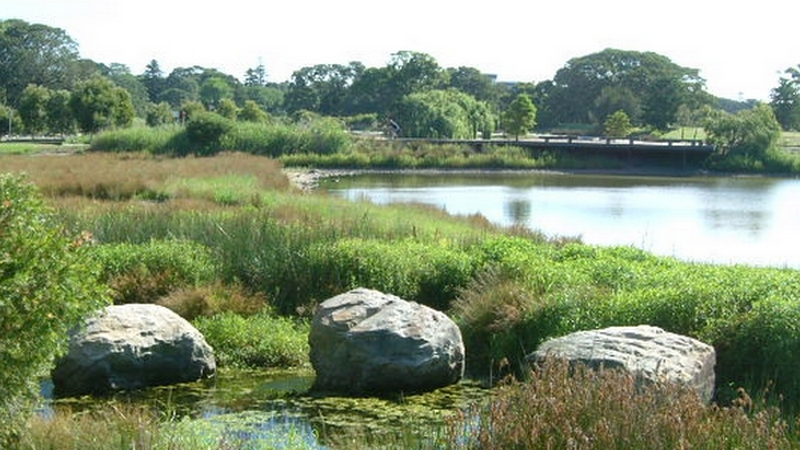 Fly Casting Pond
Fly Casting Pond
Randwick Pond
Randwick Pond, like Kensington Ponds is named after the adjacent suburb, in this case Randwick.
Reason to visit – the large area of stunning reeds and lilies attracts purple swamp hens and dusky moorhens. It’s also a common spot for the Black swans and cygnets in the spring.
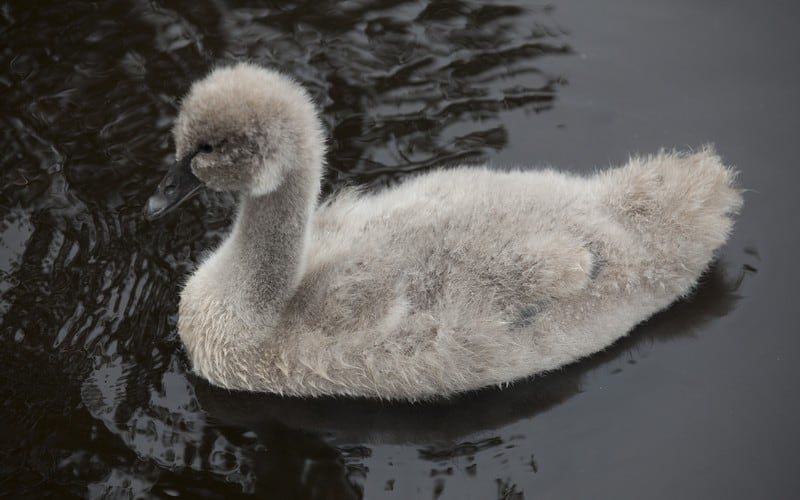 A cygnet in Cenntennial Park
A cygnet in Cenntennial Park
Willow Pond
Willow Pond was likely named for the willow trees that surround the area.
Reason to visit – One More Shot, Musgrove, Fly Casting and Model Yacht Ponds all feed into this beautiful pond and if you’re lucky, you might spy a Black cormorant or three.
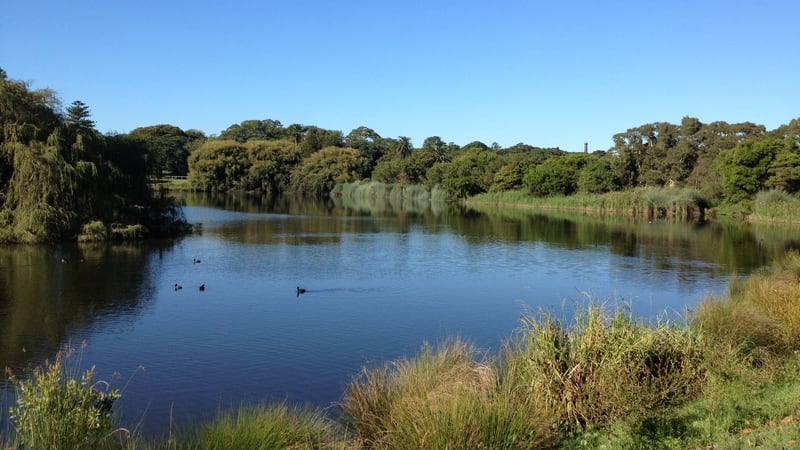 Willow Pond
Willow Pond
One More Shot Pond
There was once a marble statue of a hunter named ‘One More Shot’, that lived atop a concrete plinth by the pond. While the statue was removed in 1970 due to damage, the name stuck.
Reason to visit – it may be small, compared to some of the spectacular waterways of the Parklands but it is surrounded by beautiful willow trees, definitely worth a view.
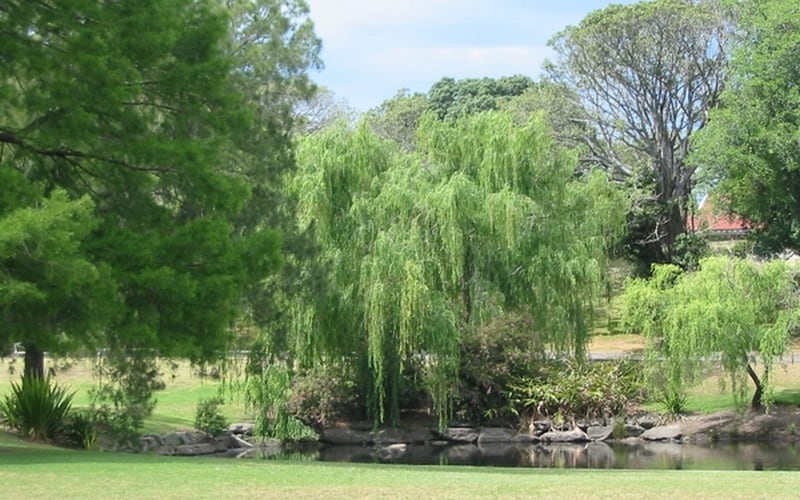 One More Shot Pond
One More Shot Pond
Curious about the origins of some of our other features? We’ve compiled a great list exploring the historical significance of the names around Centennial Parklands.